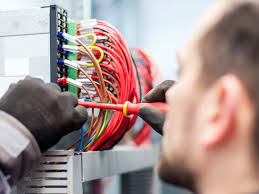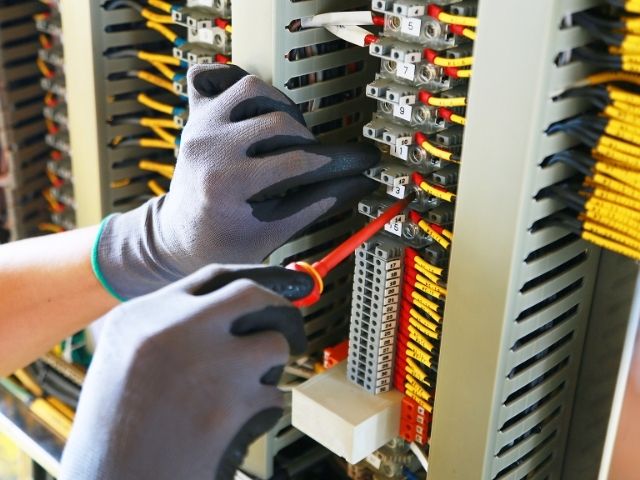What Every Electrician Needs to Know

In the realm of electrical work, adherence to codes and standards is not merely a suggestion; it’s a fundamental requirement. Electrical code compliance ensures safety, efficiency, and reliability in electrical installations, protecting both property and lives. For electricians, understanding and implementing these codes are paramount. Let’s delve into what every electrician needs to know about electrical code compliance.
Understanding Electrical Codes
Electrical codes are a set of regulations established by national and local authorities to govern the installation, maintenance, and use of electrical systems. These codes are dynamic, evolving alongside technological advancements and safety research. Compliance with these codes is mandatory and enforceable by law.
Importance of Compliance
The primary purpose of electrical codes is to safeguard against electrical hazards such as shocks, fires, and explosions. Non-compliance can result in severe consequences, including injury, property damage, legal liabilities, and even fatalities. Additionally, adherence to codes ensures consistency and uniformity in electrical installations, facilitating easier inspection, maintenance, and troubleshooting.
Key Code Requirements
Electricians must familiarize themselves with the specific codes applicable to their region or jurisdiction. Some common code requirements include:
- Circuit Protection: Proper installation of circuit breakers or fuses to prevent overloads and short circuits.
- Grounding and Bonding: Ensuring electrical systems are grounded to dissipate excess voltage and bonded to minimize voltage potential between conductive surfaces.
- Wiring Methods: Using approved wiring methods and materials suitable for the application and environment, such as conduit, cable trays, or raceways.
- Outlet Placement: Adhering to guidelines for the placement and spacing of outlets to meet the functional needs of the space.
- Clearances: Maintaining sufficient clearances around electrical equipment to allow for safe operation, maintenance, and ventilation.
- Labeling: Properly labeling electrical panels, circuits, and equipment for identification and safety purposes.
- Emergency Systems: Installing emergency lighting, exit signs, and backup power systems as required by code for occupant safety during power outages. Visit their page if you need more information or have any questions about choosing electrical contractors.

Staying Updated
Electrical codes are not static; they undergo revisions and updates periodically. Electricians must stay informed about the latest code changes and amendments to ensure compliance. This can be achieved through continuous education, participation in professional associations, and regular review of code publications.
Tools for Compliance
Several resources are available to assist electricians in achieving and maintaining code compliance:
- National Electrical Code (NEC): The NEC, published by the National Fire Protection Association (NFPA), is the most widely adopted electrical code in the United States. It provides comprehensive guidelines for electrical installations and is regularly updated to reflect industry advancements.
- Local Building Departments: Municipal building departments enforce local amendments to the NEC and may offer guidance on specific code requirements and permitting procedures.
- Training Programs: Various training programs and courses are available to help electricians understand and apply electrical codes effectively.
Conclusion
Electrical code compliance is not negotiable; it’s a professional and ethical obligation for electricians. By adhering to established codes and standards, electricians uphold the highest level of safety and quality in their work. Continuous education, awareness of code updates, and utilization of available resources are essential for maintaining compliance and ensuring the integrity of electrical installations.
Remember, electrical code compliance isn’t just about following rules; it’s about safeguarding lives and property.



